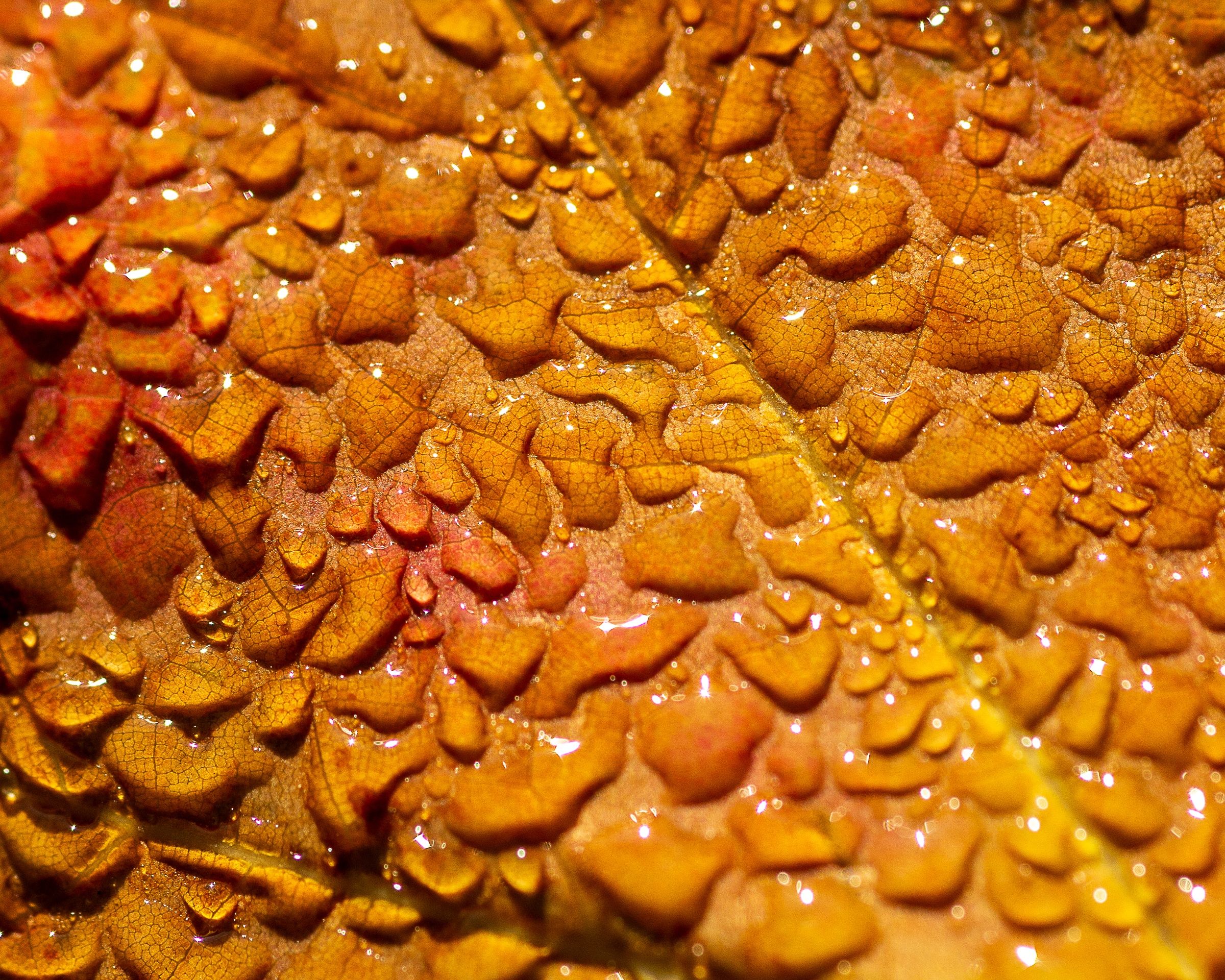Humans aren’t just drawn to patterns; we are hardwired to look for patterns. Many scientists believe that a human’s ability to recognize patterns is responsible for our very survival. It is how we make sense of the world and learn.
There is a strange comfort in finding familiar patterns in our everyday lives. As photographers, we need to understand the effect patterns have on people and utilize them to improve and strengthen our photographic composition.
As a beginner photographer, I didn’t really comprehend the power of patterns and how I could utilize them in my photos, but I knew that my eyes were drawn to patterns and I would find myself photographing them, even if unsuccessfully.
When I challenged myself to a “365-Day Photo Challenge” a few years ago, patterns drove me to distraction. I remember cruising down a road and spotting a row of trees and the pattern made by some backlight and the shadows on the ground. I had to pull a U-turn and drive back to those trees to photograph them.
The tree photo was a flop, but something triggered in my brain and that scene has stayed with me years later. Patterns are powerful.
Whether you live in a city, the countryside, or somewhere in between, there are patterns all around. They can be manmade or you can find them in nature. Patterns help us organize a scene and can add structure to an otherwise chaotic image.
In this article, we will explore patterns in photography in a variety of ways, including how to:
- recognize patterns and teach yourself to look for patterns,
- incorporate them into images to strengthen them,
- utilize patterns to draw attention to a subject,
- shoot patterns effectively,
- look at how broken patterns can make a strong photographic image, and
- create your own pattern images with everyday objects that you can find around your home.
Recommended Reading: If you’d like to improve your composition skills for better images, grab a copy of Photzy’s best-selling premium guide, Advanced Composition.
What Is a Pattern
Patterns are repeated shapes, colors, tones, or objects. A pattern is predictable in its repetition. It is this repetition and predictability that gives patterns visual strength.
Simple patterns have a repeating sequence of only a couple of attributes. An example would be the alternating sequence of wooden slats on a fence. The pattern would be ‘slat, space, slat, space, slat, space.’ But many patterns have more than one attribute that changes.
Humans aren’t just drawn to patterns; we are hardwired to look for patterns.
In more complex patterns you might find that more than two attributes change like both colors and shapes.
Patterns don’t have to be linear, either. They can be intricate, like the radial design of a snowflake. Patterns can appear in spirals or waves. They can spread and extend across a plane.
If you want to photograph patterns, you need to start by training your brain to look for them. Take a moment to peer around the room you are in. Think big and think small. Look up and look down. Look for repetition in the everyday objects that surround you.
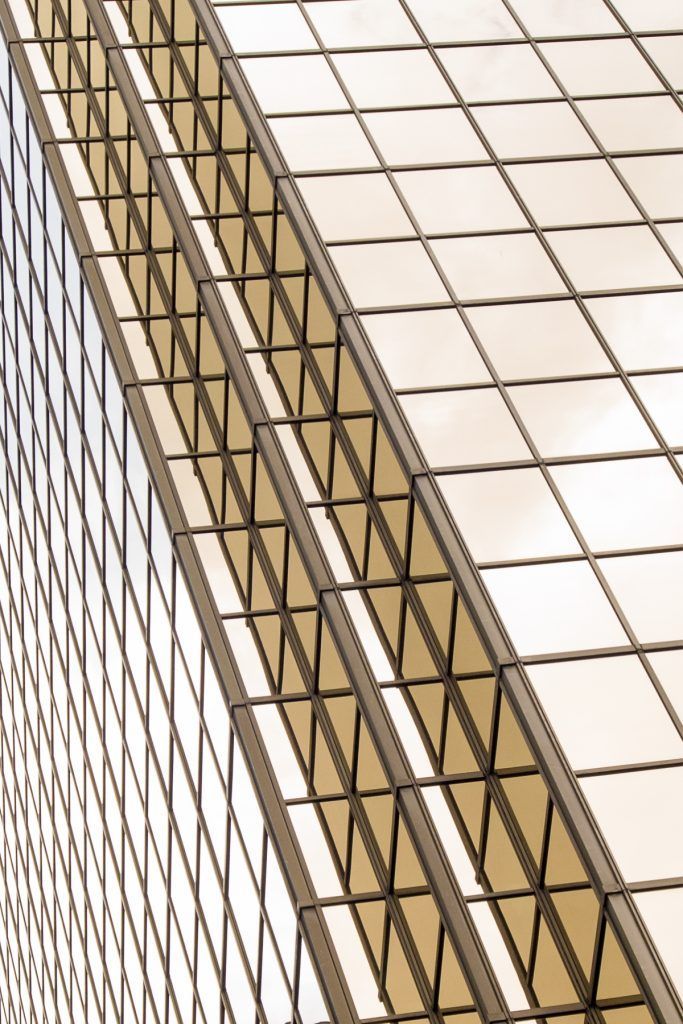
Although there are a few different “appearing” patterns here, because of the angle of the photograph, the main pattern created by the windows and their frame is quite basic. Even simple patterns can be quite striking. Photograph by Leanne Cleaveley
How to Photograph Patterns
Once you have found a photo-worthy pattern try looking at it from different angles and framing it in different ways. Some patterns are stronger-looking when shot straight on, while for others, shooting them from an angle can make them appear more interesting or dynamic.
If the pattern you are shooting has texture, consider ways that you can bring that out in your photograph. By changing your position so that the light hits your subject in a way that accentuates shadows or highlights textured parts, you can add power to that image.
Another thing you should do when creating pattern images is zoom in. By having your pattern fill the frame of your photograph, you can eliminate distracting elements and increase the pattern’s strength in that image.
How much you zoom in on your pattern is an important part of composing your image. Too close and the pattern may lose its power; too far away and it can have a similar effect. Take some time to shoot your pattern zoomed in closer and farther away to see which one works best.
Key Lesson: Changing your perspective can strengthen the power of your pattern image. You can do this by zooming in and out or altering your angle.
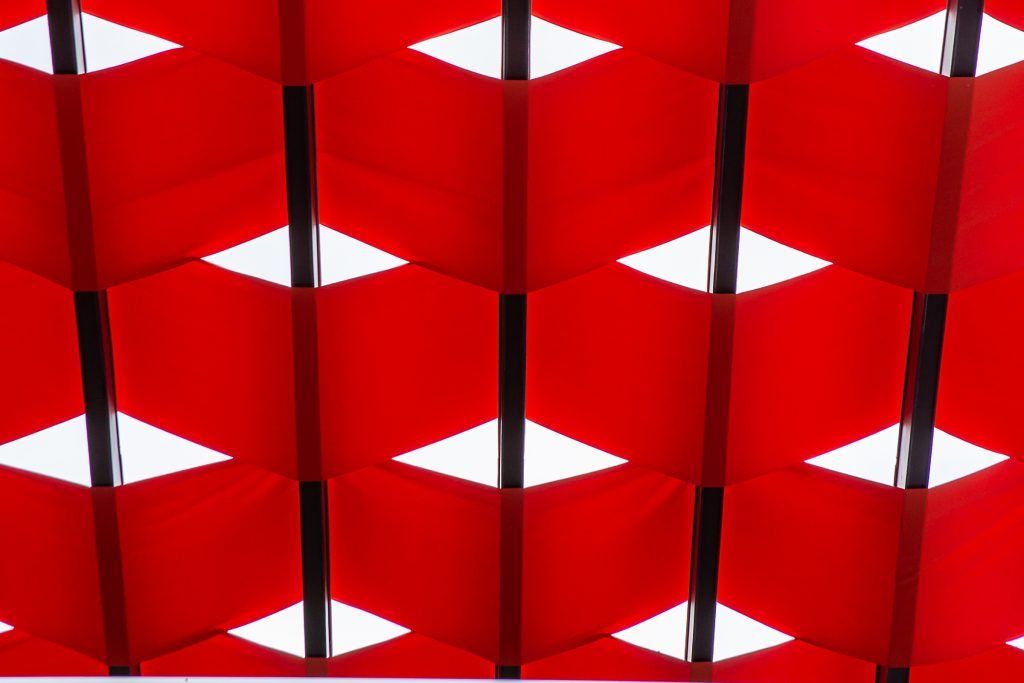
Photograph by Leanne Cleaveley
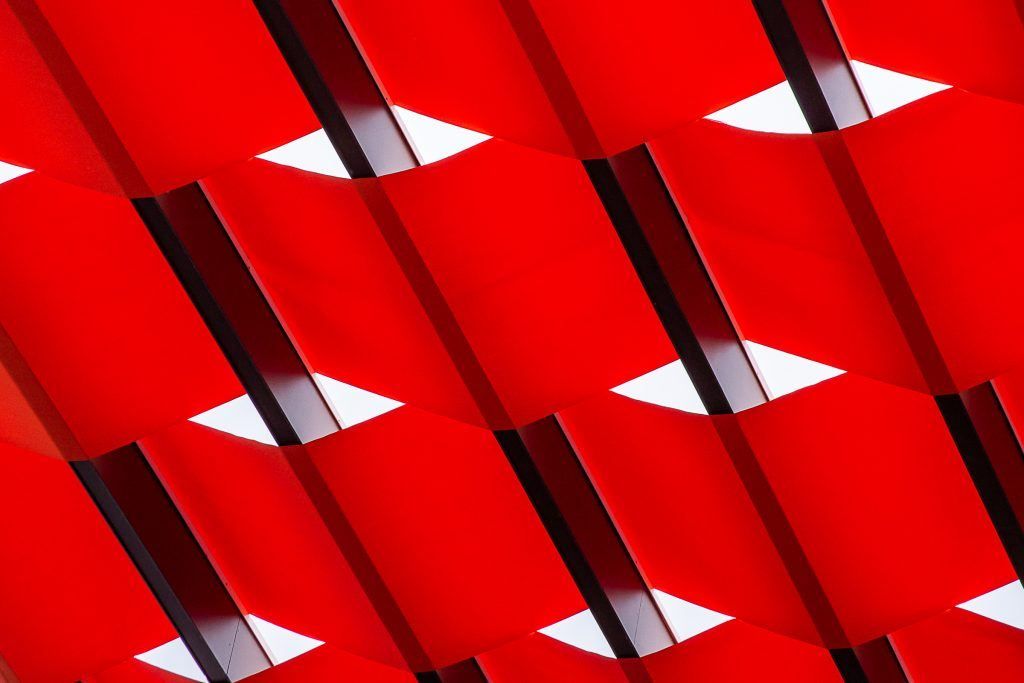
These two images are photographs of the same patterns shot from slightly different angles. The first image, shot straight on, is somewhat static and boring. The second image, shot from a different angle, conveys movement and is more interesting than the first. Photograph by Leanne Cleaveley
Manmade Patterns
Manmade patterns are everywhere around us; from the very small, like the patterns on a piece of fabric, to the very large, like the lines of architecture on a building. You are bound to find manmade patterns nearby. Wander in to your kitchen and open a random drawer to see what you can find.
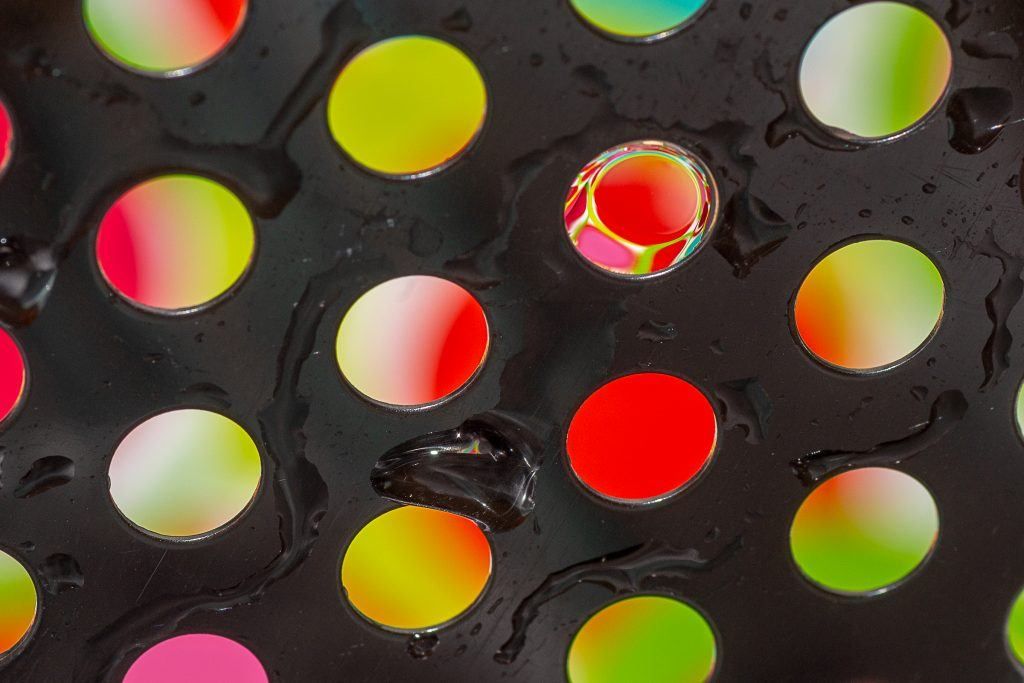
This image was created using a colander that you find in your kitchen. With an interesting background and a little water, it made for a unique shot utilizing patterns and color. Photograph by Leanne Cleaveley
When wandering around your town or city, don’t forget to look down. There are many patterns on the very ground where you walk, from manhole covers to intricate brick designs. Looking up can be rewarding as well. Skyscrapers and roof beams can make excellent subjects for pattern photographs.
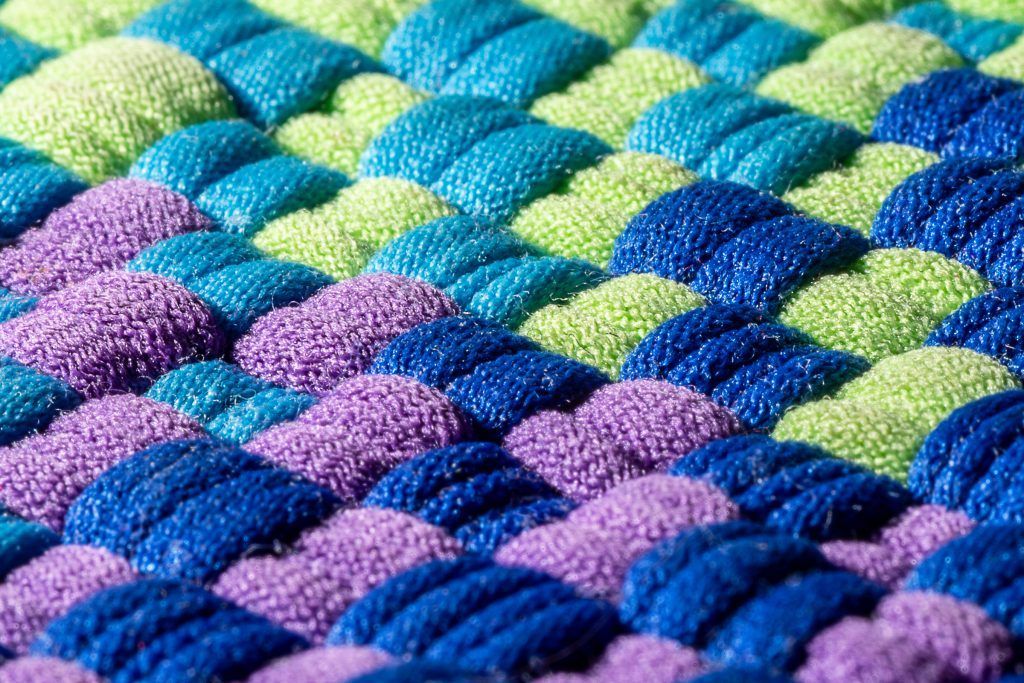
A woven hot pad made for a colorful pattern shot. Be sure to look for patterns on fabrics too. Photograph by Leanne Cleaveley
Key Lesson: We often focus on what is right in front of us and miss some great patterns above and below our usual perspective. Next time you are out on a photo walk looking for patterns, be sure to look up and down.
Recommended Reading: If you’d like to improve your composition skills for better images, grab a copy of Photzy’s best-selling premium guide, Advanced Composition.
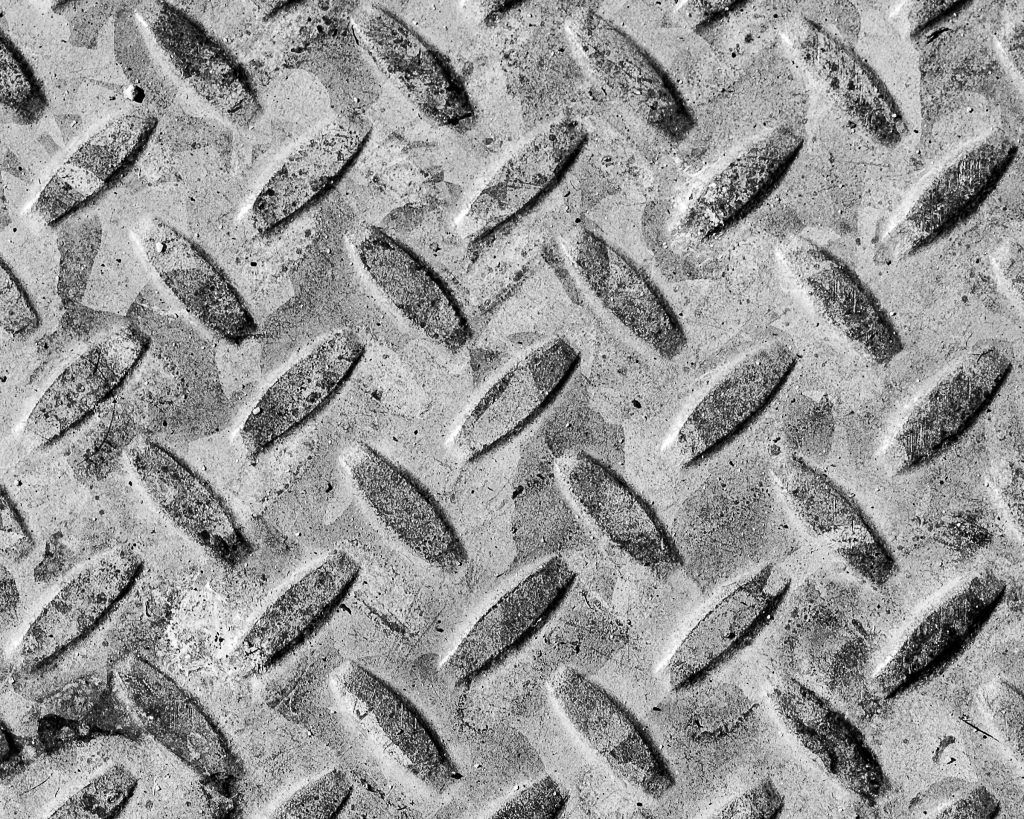
Sometimes we take for granted that the very ground we are walking on can make for an interesting pattern. Don’t forget to look down! Photograph by Leanne Cleaveley
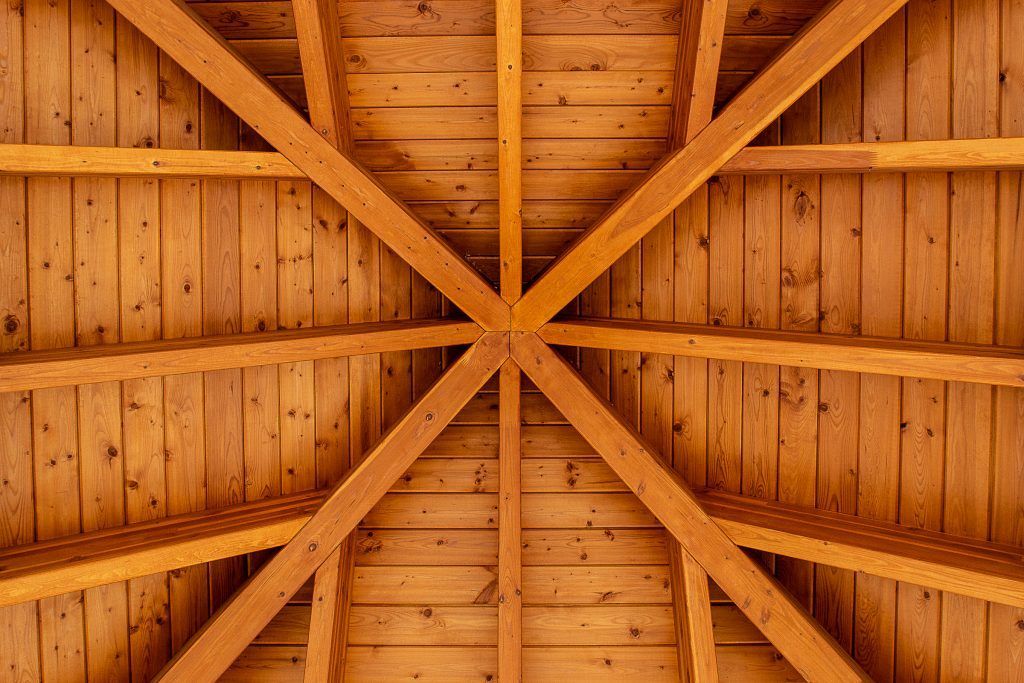
The wooden beams of a gazebo made for an intriguing pattern shot. I wouldn’t have seen the patterns if I hadn’t looked up at the right moment. Photograph by Leanne Cleaveley
Patterns in Nature
Nature provides us with a multitude of patterns. Sometimes these patterns are harder to recognize, as they are more organic and less structured than manmade patterns. Again, these patterns can appear in the very small, like the ridges on a seashell, and the very large, like the repeating line of waves lapping the shore.
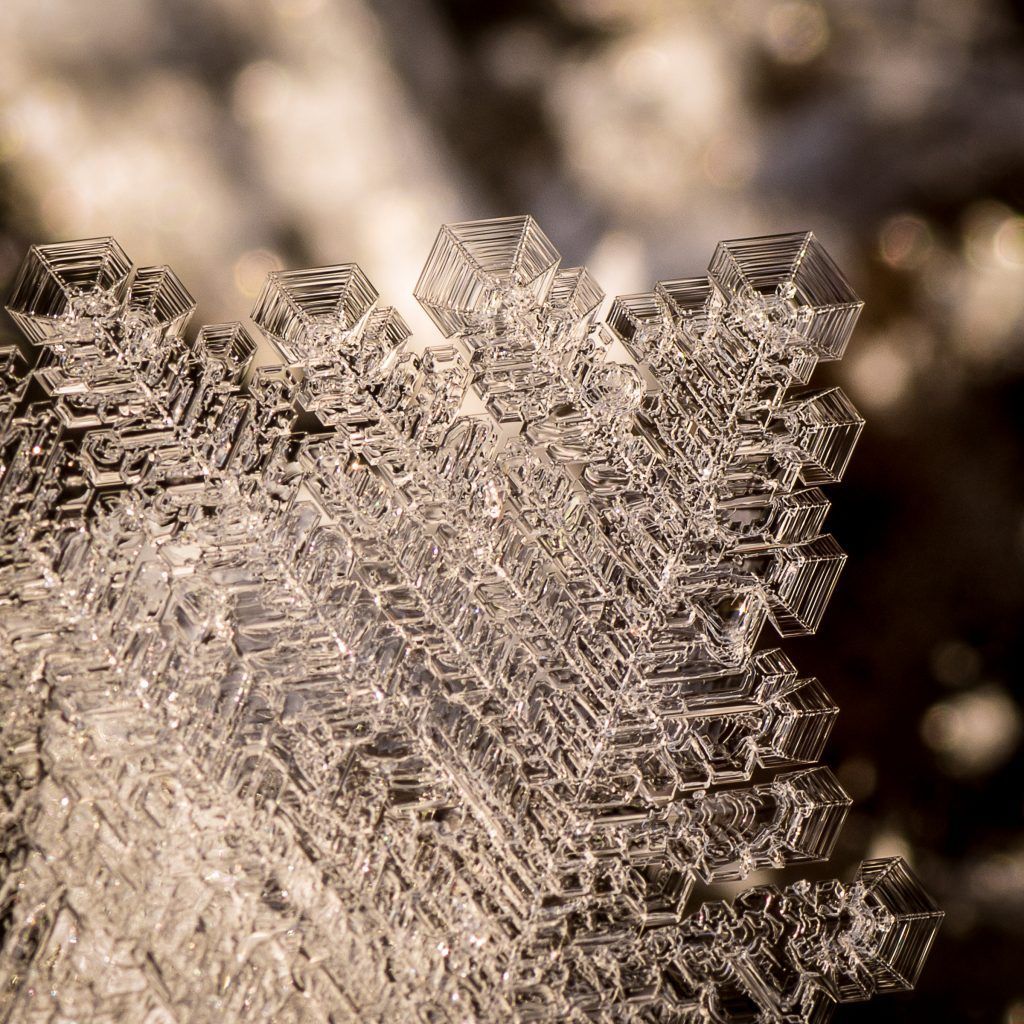
Frost makes interesting patterns that aren’t always as structured or geometrical as the one seen in the image on the previous page. Don’t forget to look at the very small things in your environment when looking for patterns. Photograph by Leanne Cleaveley
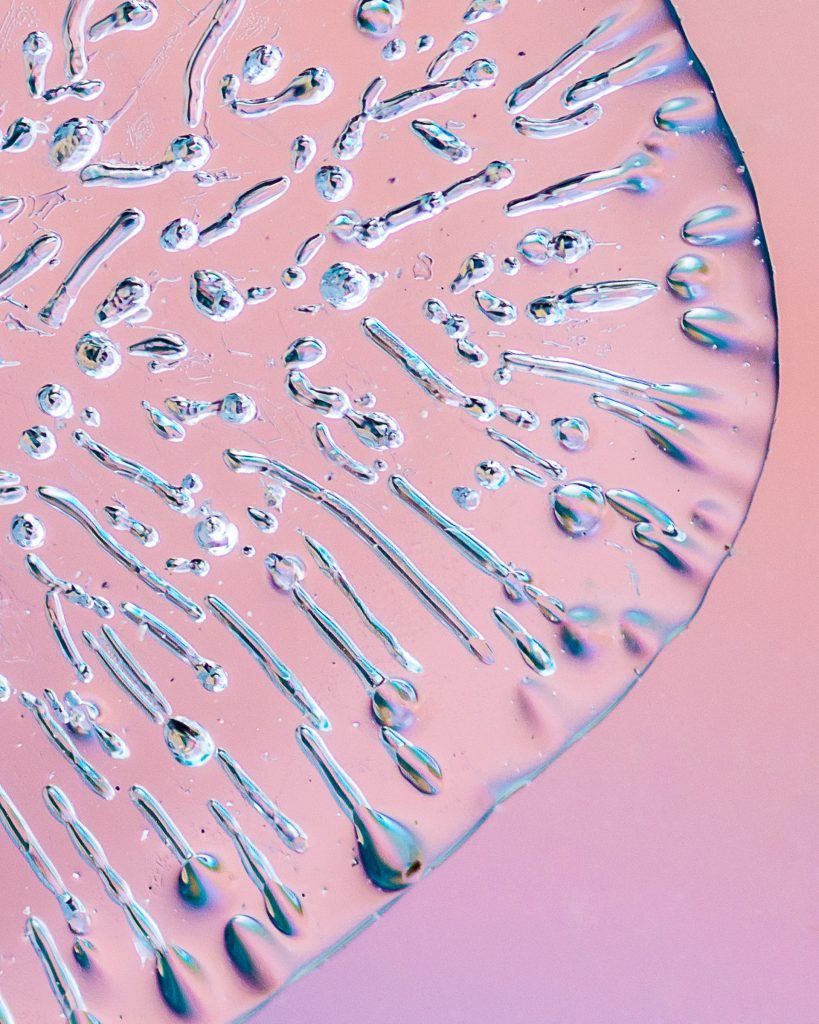
This more organic-looking pattern was made by air bubbles escaping a freezing drop of water. You never know where you might find patterns in nature, so keep your eyes open! Photograph by Leanne Cleaveley
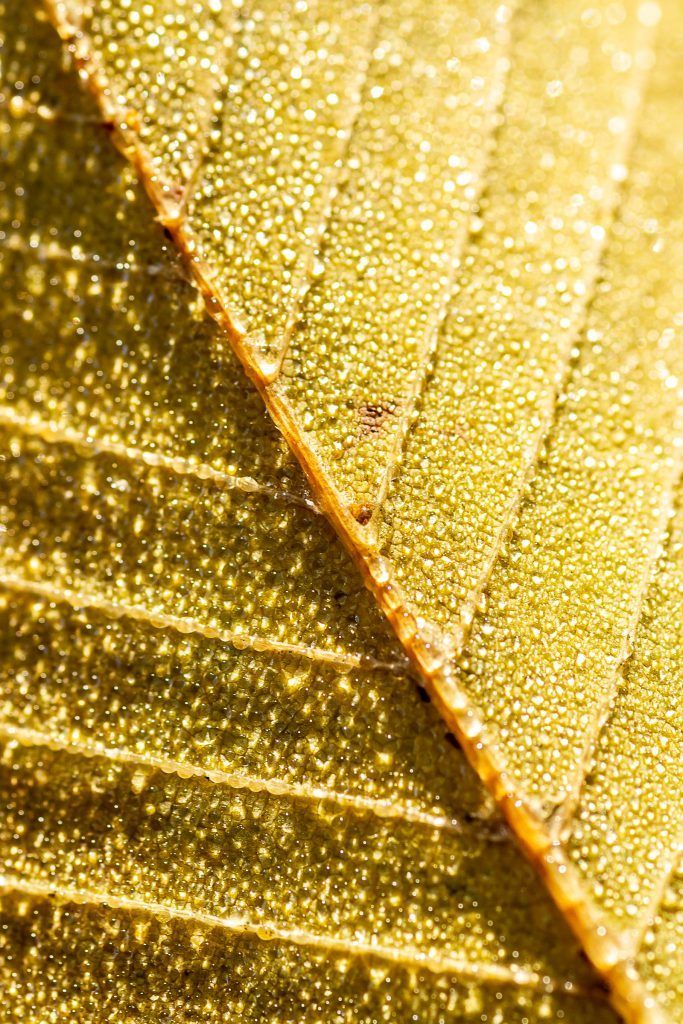
Some patterns in nature are more obvious than others, like the precisely arranged veins on this dew-covered leaf. Photograph by Leanne Cleaveley
You can also look for repetition in objects or shapes and arrange them in your photograph to create a pattern.
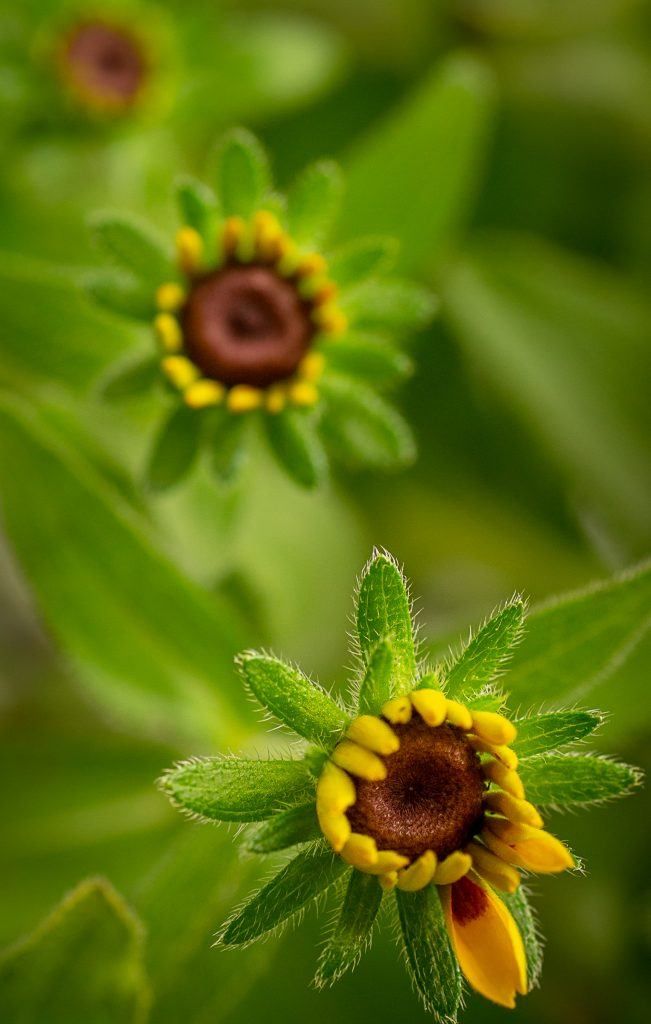
This shot was composed in a way to create a pattern of flower buds retreating into the background of this image. Photograph by Leanne Cleaveley
The Broken Pattern
Patterns alone make for great images, but when you combine patterns with other patterns, a different subject, or even use them as backgrounds, they can become a very useful tool for composition.
The broken pattern is one of my personal favorites. Find a pattern and look for natural breaks in that pattern or create your own. This has the effect of drawing attention to a subject or altering a viewer’s perception of what they are seeing, almost “startling” them in a sense.
The broken pattern is one of my personal favorites. Find a pattern and look for natural breaks in that pattern or create your own.
Depending on what you use to “break” the patterns, it can sometimes show scale or perspective. Scale and perspective are sometimes tricky to achieve in images that only show the pattern, but it can add mystery to your photograph. You get to choose whether to “reveal” things to your viewer or not by adding or taking away those elements.
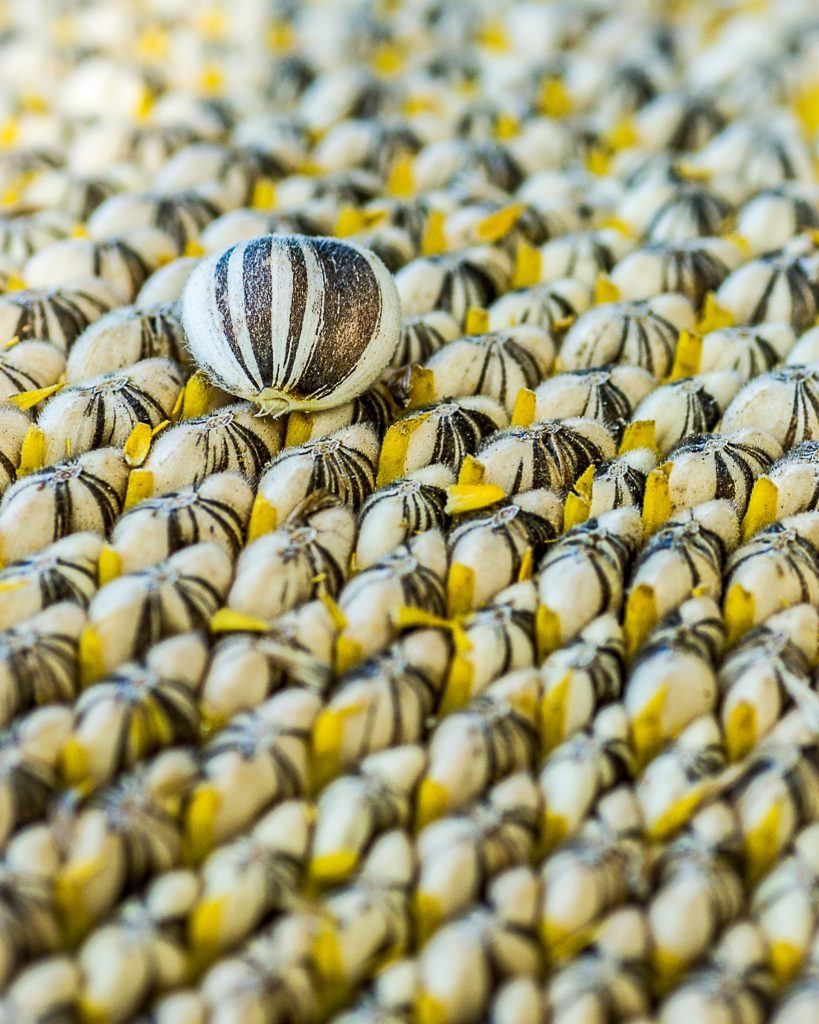
Sunflower seeds still on the flower make for great pattern images. By placing a single sunflower seed on top of the others, it “broke” the pattern in a way that added context to the photograph. Photograph by Leanne Cleaveley
Combining patterns can create contrast and tension in an image. To really make an image pop, try finding patterns that have drastically different tones or textures and placing them together in your image.
You can also use patterns as backgrounds to draw attention to or highlight a subject. Just try not to make your subject too large. You want to find balance between the pattern and the subject you are trying to showcase.
Recommended Reading: If you’d like to improve your composition skills for better images, grab a copy of Photzy’s best-selling premium guide, Advanced Composition.
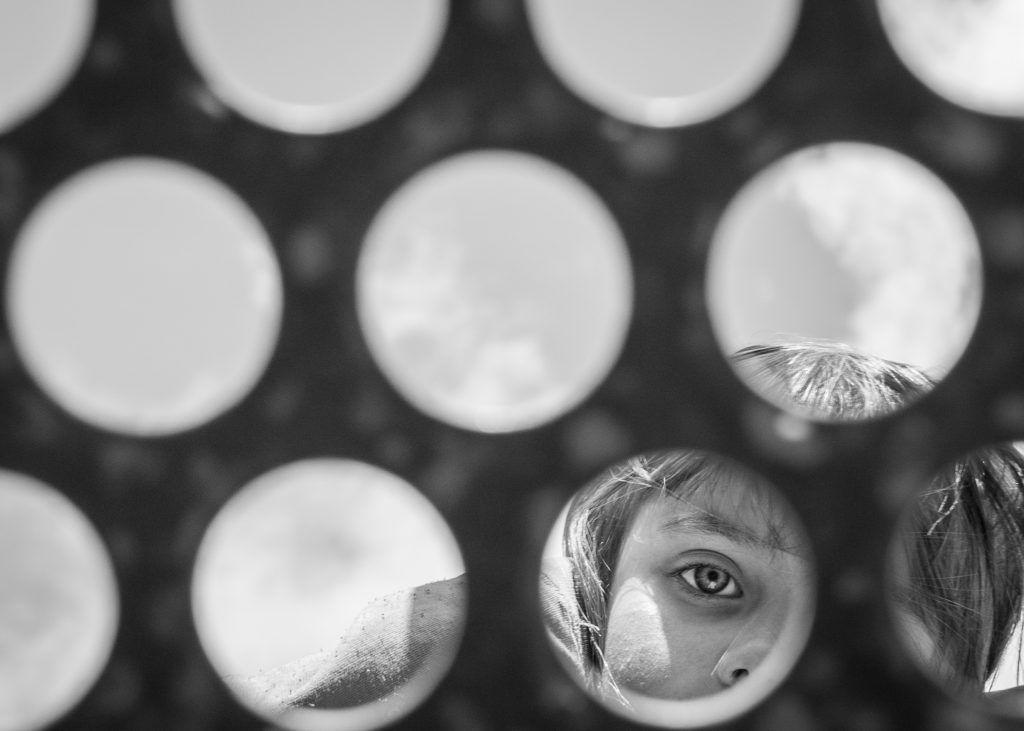
The pattern is important in this image as it adds context (we are at a playground) and interest (the out-of-focus pattern pulls you in to the child’s gaze). Use patterns to display your subject in a different way. Photograph by Leanne Cleaveley
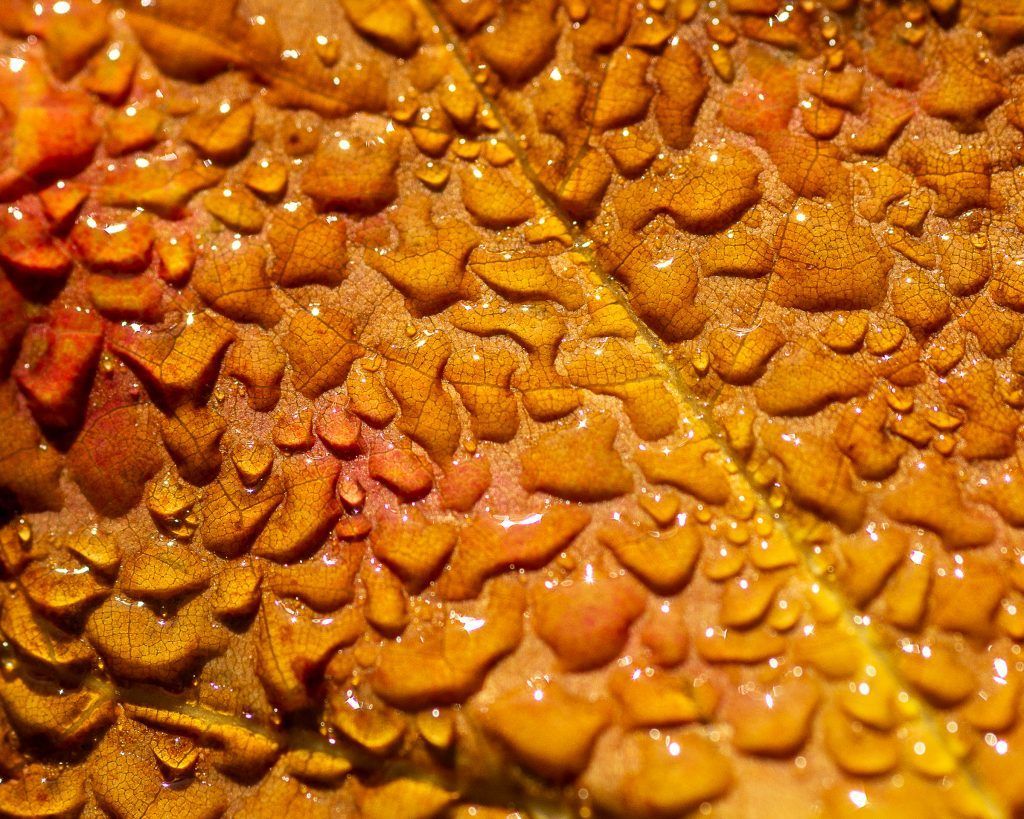
Photograph by Leanne Cleaveley
Make Your Own
If you can’t get out and find a great pattern, you can create your own with materials that you have around your home or neighborhood. I am often amazed at what I find when I start to look around my home. Collections of items, like marbles or even everyday items like eggs, can be arranged to make a great pattern.
Arranging foods, utensils, art supplies, and items from nature, like rocks and shells, can teach you what does and does not work when it comes to these types of images. Try placing items closer together or farther apart to see which is more effective.
If you are lucky enough to have kids in your house, raid their toys and see what kinds of patterns you can create. If you are interested in baking, see what you can do with some of the materials in your kitchen. Creating your own patterns not only helps you train your brain to look for patterns, but it can be a fun way to get creative.
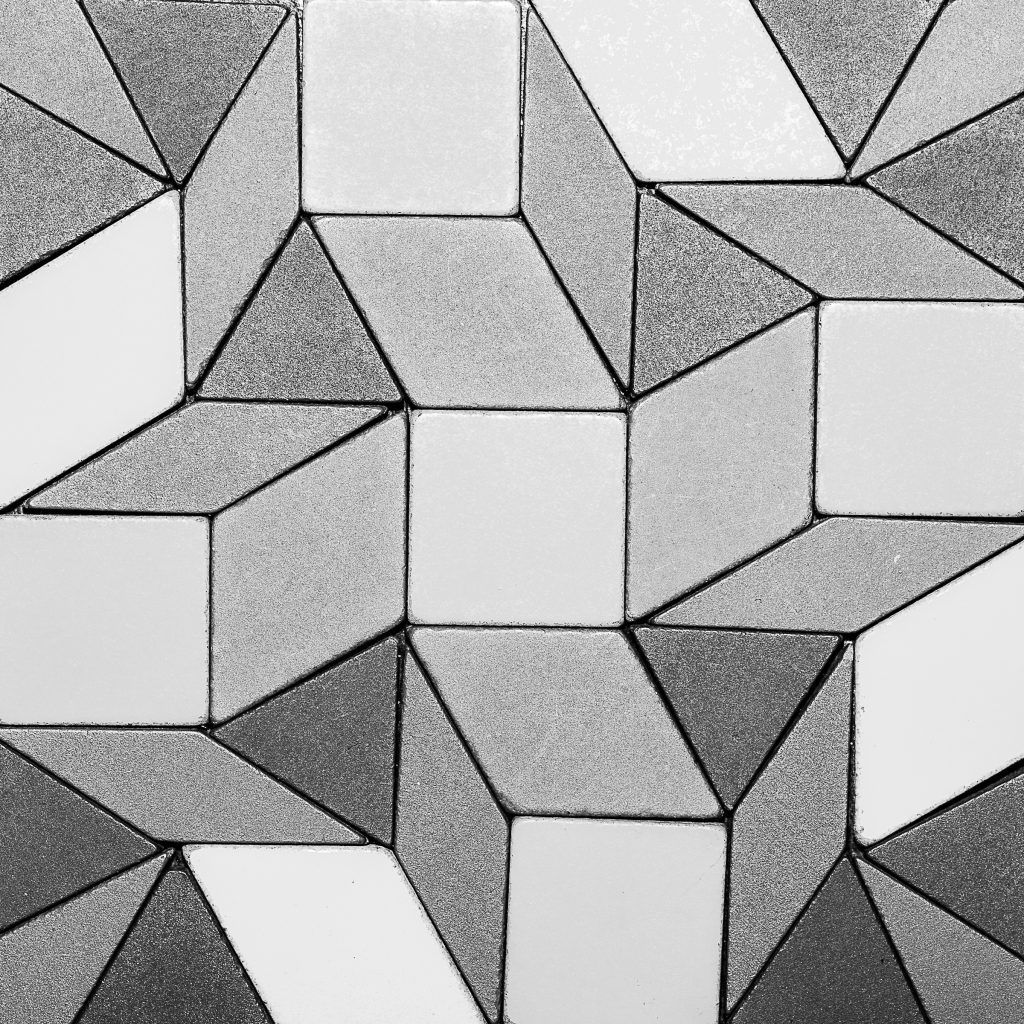
Creating your own patterns can be fun and productive. I “borrowed” some blocks from my children to create the above pattern. What do you have around the house that would be great for making your own images? Photograph by Leanne Cleaveley
Self-Check Quiz:
- Patterns are _______________ shapes, colors, tones, or objects.
- What are two things that you can do to strengthen a pattern image?
- Patterns can be __________________ and they can be found in nature.
- How can you show scale or perspective in a pattern?
- When you are out looking for manmade patterns in a town or city, don’t forget to look ________ and _________.
- If you can’t find a pattern, look for _________________ in objects or shapes and compose your shot to create a pattern with those objects.
- Look around you and make a list of five patterns that you could use to create some interesting photographs. Remember to look up and down and to think big and small.
- Find a collection of items in your house (they could be spoons, buttons, bottle caps, or screws) and arrange them in an interesting pattern. Try shooting the pattern from different angles and observe which one you think is the most powerful.
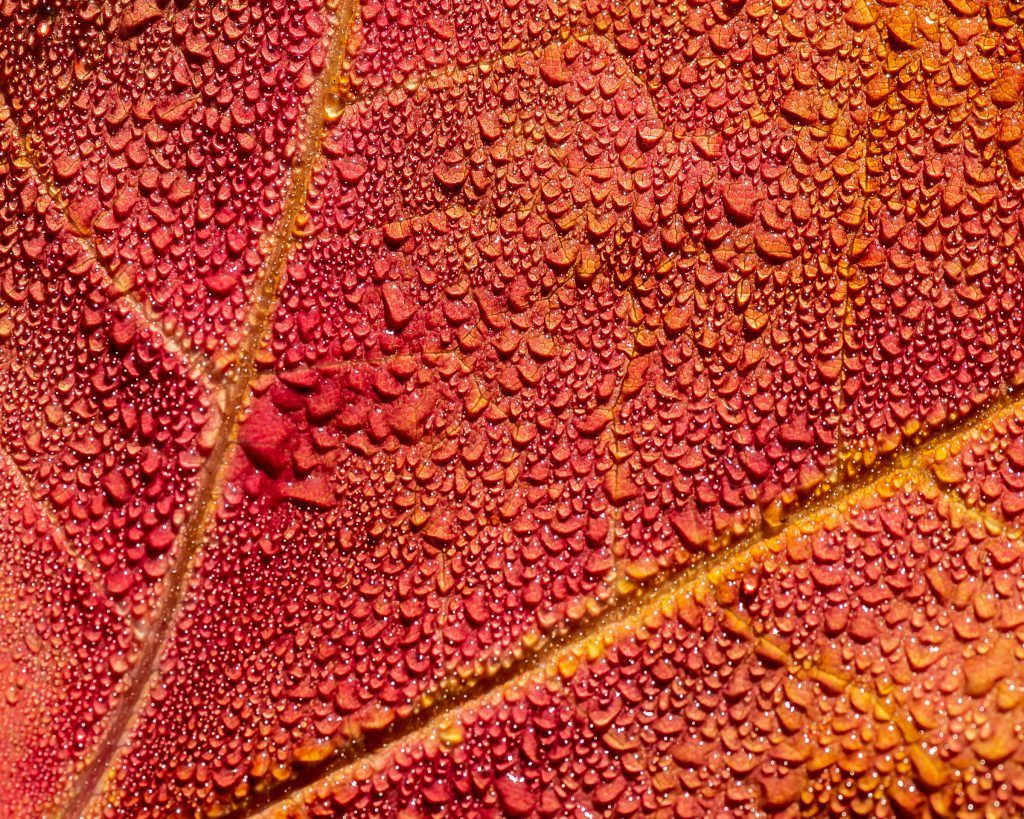
Photograph by Leanne Cleaveley


